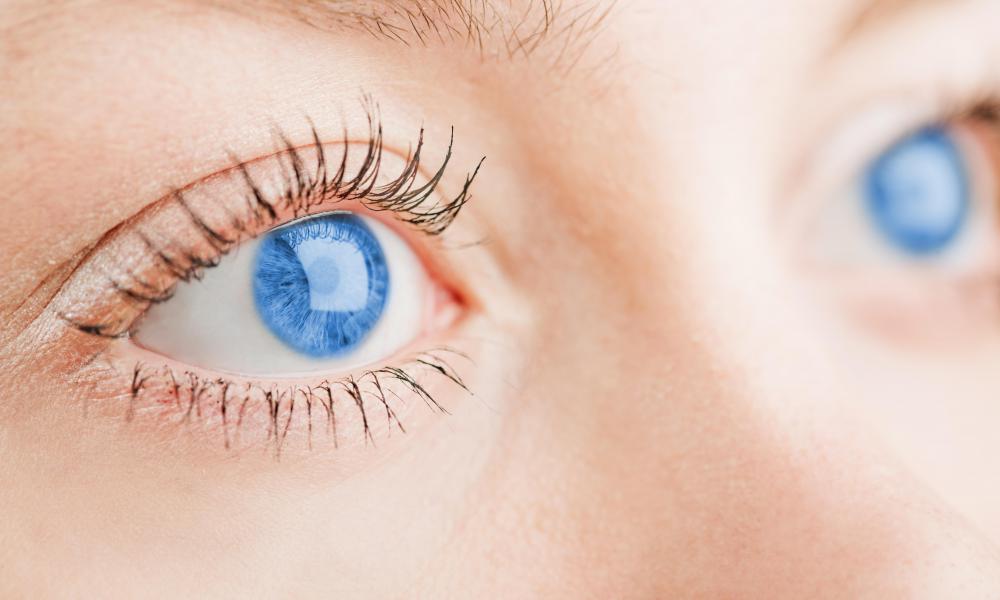At WiseGEEK, we're committed to delivering accurate, trustworthy information. Our expert-authored content is rigorously fact-checked and sourced from credible authorities. Discover how we uphold the highest standards in providing you with reliable knowledge.
What Is Quantitative Genetics?
Quantitative genetics is the study of natural variation in phenotypic, or easily observed genetic traits, like height and eye color. The focus for some researchers is traits influenced both by genotype, the inherited genetic information that people pass on to their descendents, and environmental pressures. Statistical analysis of such traits can provide especially important data about human populations. In this approach to genetics, researchers establish information on the distribution of varying physical traits, and use this information to deepen the understanding of genetic inheritance and natural variation within the population.
Traits especially well suited to quantitative genetics include those which lie on a continuous distribution curve. Height is a classic example. People are not either tall or short, instead running a gamut of heights, which can vary between populations. Some regions tend to have a lower average height, for instance, while others may be much taller. Genotype plays a clear role here, as does environment, since factors like malnutrition can impact development.

Researchers with an interest in quantitative genetics can collect information on the distribution curves of various phenotypic traits. They can use this information to explore the role that genetics and environment have in the manifestation of traits of interest, and to examine populations of particular interest. Some of this information can provide important tools for medical diagnosis and treatment. For example, growth charts used in pediatric offices are based on quantitative analysis of genetic traits and child development.

Continuous traits that fall along a distribution curve can be influenced by multiple alleles, which can complicate the way they express. Understanding the full natural variation of genetic traits and the environmental factors that can play a role in some traits, researchers can collect information on which genes are involved, and how they interact with each other. In analysis of various genetic populations, this research can help scientists identify traits unique to particular groups. This aspect of quantitative genetics can also be helpful for the study of genetic diseases.

An advanced degree is often necessary to work in quantitative genetics. Researchers need to have a thorough grounding not just in genetics, but also in math and the application of complex equations to data sets. Statistical analysis is an important part of this work, as researchers learn to identify traits of particular interest and assign scores to them on the basis of their importance and where they fall along distribution curves. Academic institutions, private companies, and government agencies all conduct research in this area of genetics, providing a variety of job opportunities to interested scientists.
AS FEATURED ON:
AS FEATURED ON:
















Discuss this Article
Post your comments